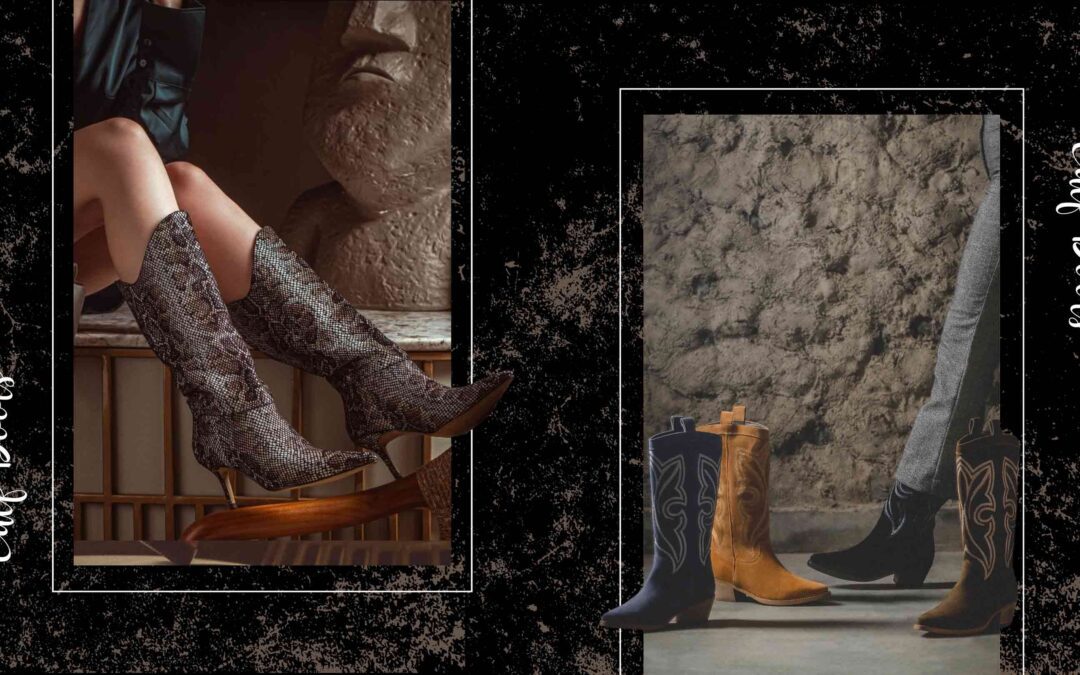Introduction:
Shoes are more than just a necessity; they are a reflection of style, craftsmanship. Behind every pair of shoes lies a complex process of manufacturing, blending traditional techniques with modern technology to create footwear that meets the highest standards of quality and design. In this guide, we delve into the world of shoe manufacturing, exploring the various stages involved in bringing a shoe from concept to completion. From materials selection to production processes and quality control measures, we uncover the intricate details that contribute to the creation of every pair of shoes.
Materials Selection:
The journey of shoe manufacturing begins with the careful selection of materials. Manufacturers source a wide range of materials, including leather, synthetic fabrics, rubber, and various types of hardware, each chosen for its specific properties and intended use. Leather, prized for its durability and luxurious appearance, remains a popular choice for high-quality footwear. Synthetic materials offer versatility and affordability, often used in athletic shoes and casual footwear. Rubber, in its various forms, provides traction and support, essential for the outsoles of shoes. The selection of materials is a critical step in ensuring the final product meets the desired quality and performance standards.
Design and Development:
Once materials are selected, the design and development phase begins. Designers translate creative concepts into technical drawings and prototypes, considering factors such as aesthetics, functionality, and ergonomics. Advanced software programs aid in the visualization and refinement of designs, allowing for precise adjustments before production. Prototypes undergo rigorous testing to assess fit, comfort, and durability, with feedback from wear testers informing further refinements. This iterative process ensures that the final design meets the expectations of both manufacturers and consumers.
Pattern Making and Cutting:
With the design finalized, the next step is pattern making and cutting. Skilled pattern makers create templates based on the approved design, considering factors such as size, shape, and seam allowances. These templates serve as guides for cutting the chosen materials, whether leather, fabric, or synthetic components. Modern cutting machines equipped with laser technology ensure accuracy and efficiency, minimizing material waste and optimizing production output. Precision cutting is essential to achieve uniformity and consistency in the finished product.
Assembly and Stitching:
Once the components are cut, assembly and stitching come into play. Experienced craftsmen carefully stitch together the various parts of the shoe, using specialized sewing machines and techniques tailored to the chosen materials. This stage requires precision and attention to detail to ensure seams are strong, durable, and aesthetically pleasing. Depending on the design, additional elements such as zippers, eyelets, or decorative embellishments may be added during assembly, further enhancing the shoe’s appearance and functionality.
Lasting and Bottoming:
The lasting and bottoming process shapes the shoe’s upper around a form called a last and attaches the outsole to the shoe. Lasting involves stretching and shaping the upper to conform to the contours of the last, ensuring proper fit and comfort. Skilled lasters use heat and pressure to mold the upper into place, a process that requires expertise and finesse. Once lasting is complete, the shoe moves to the bottoming stage, where the outsole is attached using adhesive or stitching methods. The choice of bottoming method depends on factors such as shoe type, materials, and production volume.
Finishing and Quality Control:
The final stages of shoe manufacturing involve finishing touches and quality control measures. Skilled workers inspect each shoe for any defects or imperfections, ensuring that only products of the highest quality reach the market. Finishing touches may include polishing, buffing, and applying protective coatings to enhance the shoe’s appearance and longevity. Quality control checks encompass various aspects, including stitching integrity, sole adhesion, and overall construction, with any discrepancies addressed before the shoes are packaged and shipped to retailers or consumers.
Conclusion:
Shoe manufacturing is a blend of art and science, where craftsmanship meets cutting-edge technology to produce footwear that combines style, comfort, and durability. From materials selection to design, production, and quality control, each stage of the manufacturing process plays a crucial role in creating shoes that meet the demands of today’s discerning consumers. By understanding the intricacies of shoe manufacturing, we gain a deeper appreciation for the skill and dedication required to bring every pair of shoes from concept to completion. At Kiwi Enterprises, we strive to uphold these standards of excellence in every shoe we produce, ensuring that our customers receive footwear of the highest quality and craftsmanship.

